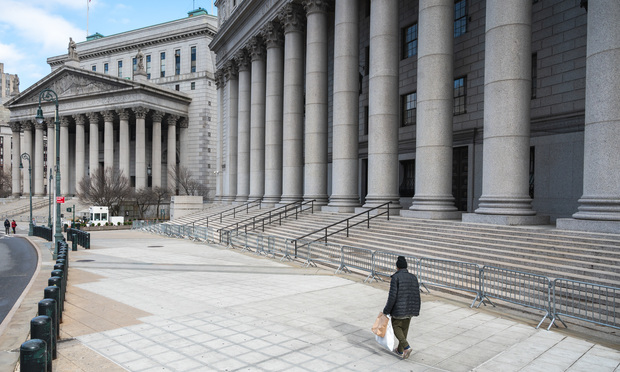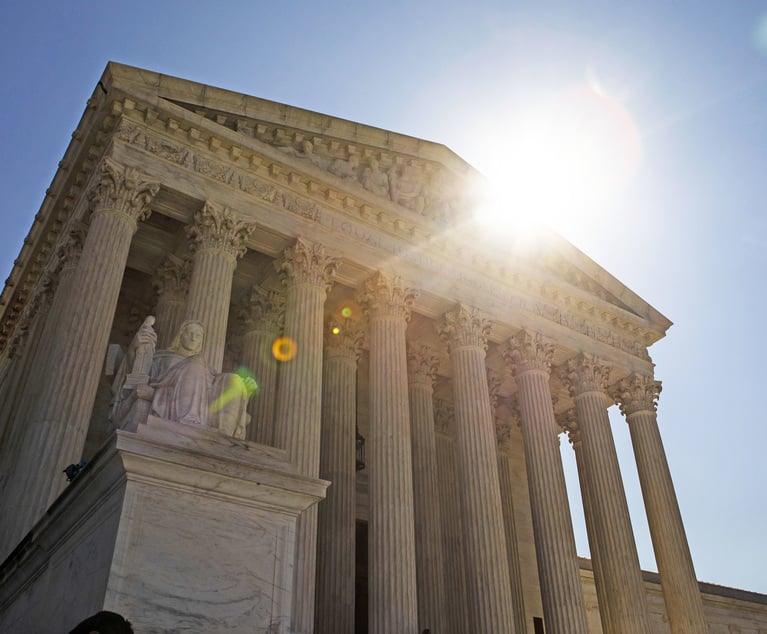Amid the coronavirus (COVID-19) pandemic, as one judge recently observed, “our courts are unleashing the creativity, adaptability, and imagination of a MASH unit in times of war to figure out how to communicate to the public, answer questions, provide necessary guidance, and resolve matters by telephone, videoconference, and email that only a few weeks ago were resolved only in person in court.” And litigators are likewise quickly learning the art of remote litigation. Even after the height of this pandemic passes, these innovations may continue to be used. This article reviews the evolving landscape of how remote technology is being used to help achieve civil justice.
Emergency Hearings: Where courts determine that hearings on emergency civil applications are warranted, they are increasingly holding them remotely. For example, the Southern District of New York has indicated, as to Part I, which hears and determines certain emergency matters in civil cases, among other things, that “[i]t is anticipated that most if not all matters will be handled remotely.” Beyond Part I, the court has indicated that “[i]n-court appearances will be limited strictly to Emergency Matters, and even these should be conducted by teleconference or (if the presence of witnesses is required) videoconference if possible.” In New York state court, “all essential and emergency court matters—throughout New York City and in every Judicial District outside the City—will be heard virtually, with all interactions taking place by video or telephone.” Delaware’s Chancery Court has indicated that all hearings will be by telephone or other electronic means unless a party requests by motion that the court conduct an in-person hearing “in the event of an exigent need, e.g., the existence of a threat of imminent irreparable harm” and demonstrates “good cause for having an in-person hearing and that all other means of conducting the hearing are impracticable under the circumstances.”


 A nearly empty Centre Street on Tuesday. Photo: Ryland West/ALM
A nearly empty Centre Street on Tuesday. Photo: Ryland West/ALM




